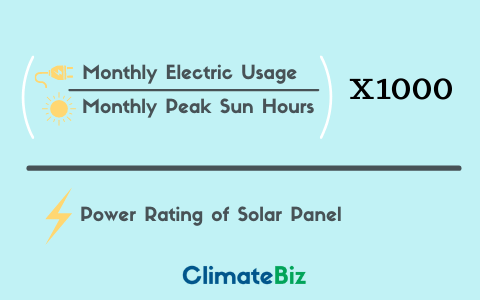Average Peak Sun Hours (Canada)
| Province | Average Daily Peak Sun Hours (kWh/m2) |
|---|---|
| Alberta | 3.3 |
| British Columbia | 3 |
| Manitoba | 3.2 |
| New Brunswick | 3.5 |
| Newfoundland and Labrador | 3 |
| Nova Scotia | 3.4 |
| Ontario | 3.3 |
| Prince Edward Island | 3.5 |
| Quebec | 3.2 |
| Saskatchewan | 3.2 - 4 |
(Use our solar calculator to assist you in sizing your home’s solar system.)
What Are Peak Sun Hours?
A peak sun hour equates to 1 hour in which the sun’s solar irradiance (sunlight) produces an average of 1000W (energy) per square meter (roughly 10.5 feet). In other words: 1 peak sun hour = 1000 W/m² of sunlight per hour.
We feel it’s also important to note the difference between DNI, DFI and GHI:
- GHI (Global Horizontal Irradiation) – This is the sum of both diffuse and direct components reaching the same surface.
- DNI (Direct Normal Irradiation) – This is the part of solar irradiance that directly reaches a surface.
- DIF (Diffuse Horizontal Irradiation) – This is the part of solar irradiance that is scattered by the atmosphere.
Many people make the mistake of utilizing DNI data to size their solar system, when in actual fact they should be using GHI. For a complete glossary of all the solar terms we use, be sure to check out NREL.
How Many Hours of Sunlight Does Canada Get?
Canada experiences an average range of between 3 – 4 peak sun hours per day, with Newfoundland and Labrador experiences the lower end of that spectrum and the interior province of Saskatchewan experiencing the higher end.
Canada is a country found in North America covering 9.98 million square kilometres (3.85 million square miles), making it our world’s second-largest country by total area. The average peak sun hours in Canada do not vary greatly from province to province as can be seen, they are quite similar country wide. Winters are known to be quite harsh, particularly in the interior and Prairie provinces. Here daily temperatures average -15°C (5°F) but can reach as low as -40°C (-40°F). Keep in mind however that solar panels do not need heat to operate, but instead the energy per square meter is what counts. The east and west coasts of Canada experience average high temperatures ranging in the low 20s °C (70s °F). Between coasts however, the average summer high temperature can range between 25 to 30 °C (77 to 86 °F).
How To Use Our peak Sun Hours Data?
In order to know what size solar system your home will need, you can use the following formula: Monthly electric usage ÷ by monthly peak sun hours, X 1000. If you want to know how many solar panels you’ll need, simply divide that amount by the power rating of your desired solar panel.
Here is a written example: You live somewhere in Ontario and your monthly electricity consumption is 791kWh. Your areas monthly peak sun hours are 102 (3.3 x 31 days) and you want to install a in your residential system.

(791kWh ÷ 102) x 1000 = 7754 watts. You will need a 7.75kW (8kW) solar system to offset your monthly energy consumption. 7754 watts ÷ 400 watts = 19 solar panels are needed for a home in Ontario.
If you are considering installing a solar system in your home, we recommend checking out what solar rebates you qualify for.
